
The History of Role-Playing Games: From Tabletop Origins to Digital Frontiers
In the expansive world of gaming, the history of role-playing games (RPGs) is a story of imagination, collaboration, and innovation. From their humble tabletop beginnings in the 1970s to today’s digital landscapes of streaming, VR, and virtual tabletops, RPGs have continued to adapt and thrive. They offer players more than mechanics, they provide shared narratives, opportunities for creativity, and communities built around storytelling.
Let’s walk through the history of RPGs, from dice and character sheets to immersive worlds on screens, and see how this genre has shaped modern gaming culture.
Chapter 1: The Genesis of Tabletop RPGs
The roots of RPGs reach back to the early 1970s, when tabletop wargames were popular among hobbyists. Gary Gygax and Dave Arneson took inspiration from medieval miniature games like Chainmail and combined it with fantasy literature to create something entirely new—Dungeons & Dragons (1974).
For the first time, players weren’t just moving armies on a battlefield. They stepped into the shoes of individual characters, rolled dice to determine outcomes, and collaborated to tell an unfolding story. This was the spark that ignited the role-playing genre.
- Chainmail (1971): Gary Gygax and Jeff Perren’s rules for medieval combat laid the groundwork for D&D’s mechanics.
- Dungeons & Dragons (1974): The first official tabletop RPG, complete with rulebooks, polyhedral dice, and character sheets.
- The Rise of RPG Publishers: TSR and Chaosium emerged as leaders, publishing some of the most iconic RPGs of the early years.
The introduction of D&D marked a cultural shift, inspiring communities of players who met in basements, game shops, and conventions, their DND dice sets clattering across wooden tables as new worlds were born.
Chapter 2: The Golden Age of Tabletop RPGs
The late 1970s and 1980s were a golden era for tabletop RPGs. Creativity flourished, and new systems emerged that expanded beyond the fantasy genre.
- Advanced Dungeons & Dragons (1977–1979): Gary Gygax developed AD&D as a more structured, detailed system, solidifying D&D’s place in popular culture.
- Call of Cthulhu (1981): Chaosium introduced Lovecraftian horror to role-playing, emphasizing investigation and sanity over combat.
- Shadowrun (1989): A bold fusion of cyberpunk and fantasy, with elves, trolls, and magic woven into a futuristic world of hacking and megacorporations.
- World of Darkness (1991): White Wolf Publishing’s Vampire: The Masquerade and related titles focused on narrative depth, moral questions, and character-driven drama.
This era proved the flexibility of RPGs. They could be about horror, mystery, political intrigue, or futuristic dystopias. Dice remained the core tool, resin dice and gemstone dice sets became collectibles for players who wanted their rolls to feel as special as the stories they told.
Chapter 3: The Digital Age
By the 1980s, computers were entering homes, and RPGs found new life in digital form. The transition from table to screen introduced RPGs to a wider audience.
- Ultima (1981): Richard Garriott’s series pioneered computer RPGs, with open exploration and moral choices.
- Final Fantasy (1987 onward): The Japanese RPG (JRPG) genre exploded in popularity, with Square Enix leading the way in narrative depth and emotional storytelling.
- Baldur’s Gate (1998): BioWare adapted D&D’s mechanics into a computer RPG, combining tactical combat with branching dialogue.
- Mass Effect (2007): Also from BioWare, this sci-fi RPG showcased how player choices could dramatically change story outcomes.
Digital RPGs allowed for stunning visuals, orchestral music, and scripted cutscenes, but they still shared the DNA of tabletop gaming: choices, dice rolls (often hidden behind code), and the power of storytelling.
Chapter 4: The Renaissance of Tabletop RPGs
While digital RPGs thrived, the early 2000s brought a resurgence of tabletop gaming. The community rediscovered the magic of in-person collaboration, and new tools made it easier to play than ever before.
- D&D 3rd Edition (2000): Wizards of the Coast streamlined the game, adding customization and the d20 system, which became the basis for many RPGs.
- Indie RPG Movement: Games like Fiasco (2009) and Dungeon World (2012) emphasized collaborative storytelling and rules-light play.
- Virtual Tabletops: Roll20, Fantasy Grounds, and later Foundry VTT allowed groups to play remotely with integrated dice rollers and maps.
- Critical Role (2015 onward): The popularity of actual play shows brought RPGs to a massive global audience, proving the joy of rolling dice and telling stories together.
This renaissance proved that, despite digital competition, players still loved gathering around a table with their DND dice sets—be they resin, metal, or gemstone—and creating stories face-to-face.
Chapter 5: The Modern Epoch
The 2010s pushed RPGs into the mainstream spotlight. Streaming platforms, crowdfunding, and inclusivity reshaped the landscape.
- Critical Role Phenomenon: Voice actors brought professional storytelling to D&D, inspiring countless new players.
- Streaming and Podcasts: Shows like The Adventure Zone made RPGs part of pop culture.
- VR and AR RPGs: Virtual reality created fully immersive fantasy experiences, while augmented reality hinted at blending physical dice and maps with digital overlays.
- Video Game Adaptations: Titles like The Witcher and Divinity: Original Sin 2 carried forward the spirit of RPGs in digital form.
Inclusivity also became central. Games now highlight diverse characters, creators, and perspectives, ensuring RPGs reflect the wide variety of players who enjoy them.
Chapter 6: The Future Horizon
Where are RPGs headed next? The possibilities are as vast as the imagination that fuels them.
- AI-Driven Storytelling: Future RPGs may feature digital game masters capable of adapting narratives dynamically.
- Augmented Reality RPGs: Imagine laying out a map on your table while AR brings monsters and dice rolls to life around you.
- Cross-Media Expansion: RPG settings continue to inspire novels, TV series, films, and other media, expanding these worlds beyond the table.
For all the technology and innovation, though, one thing remains timeless: the joy of sitting down with friends, character sheets, and dice. The tactile clatter of DND dice sets, whether resin dice that shimmer, heavy metal dice with weight, or gemstone dice polished to perfection, will always be part of the RPG experience.
Conclusion
The history of role-playing games is a story of constant evolution, from humble beginnings with dice and paper to expansive digital realms and immersive streaming. RPGs have never stopped inspiring creativity and collaboration, and their legacy continues to grow with each generation of players.
As we look ahead, the future promises even more innovation, but the heart of RPGs remains unchanged: storytelling, imagination, and shared adventure. Whether you’re rolling resin dice in a casual home game or carefully unboxing gemstone dice for a milestone session, you’re part of a tradition that has been shaping worlds and telling stories for over 50 years.
So keep rolling, keep creating, and may your adventures, like the history of RPGs itself, be endless.


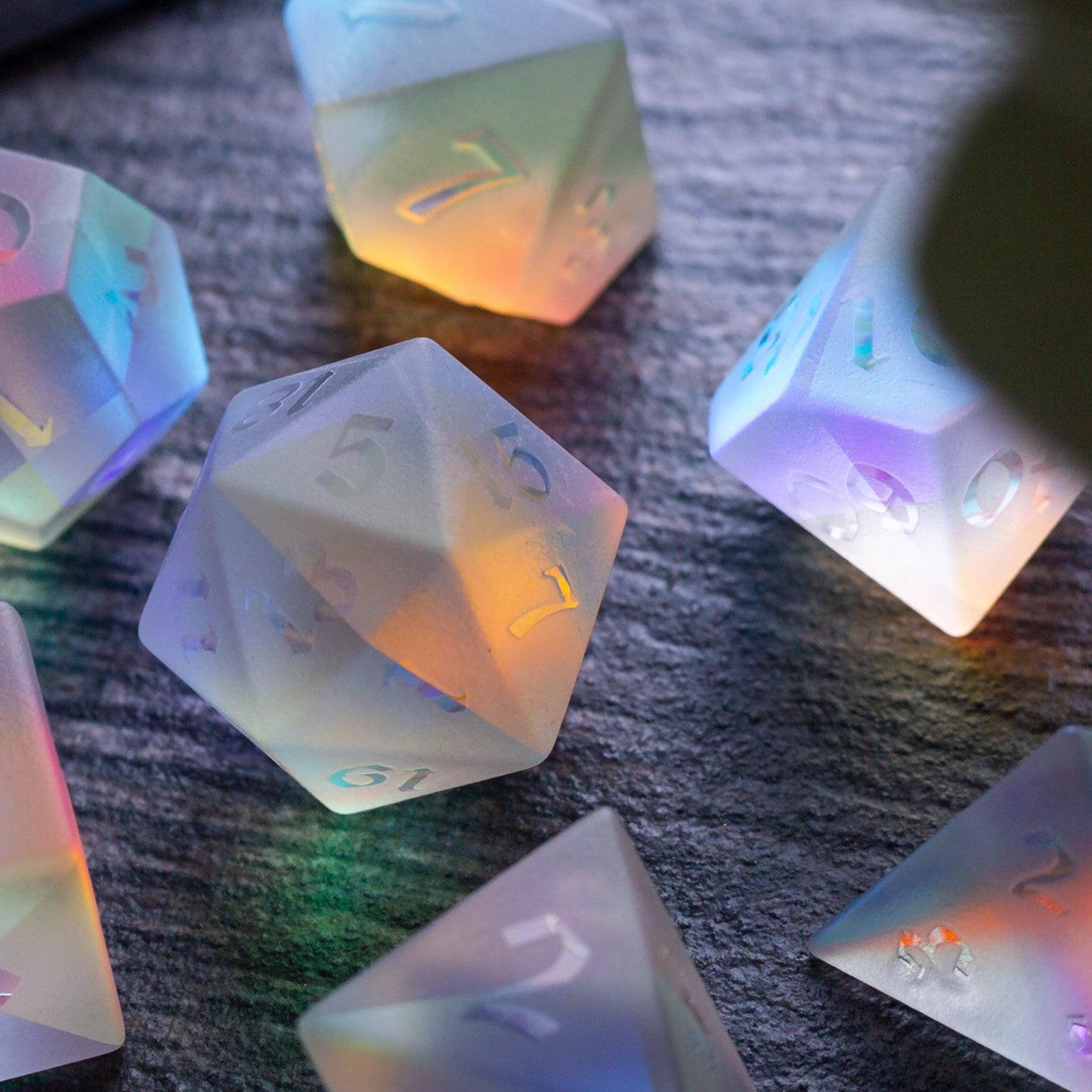
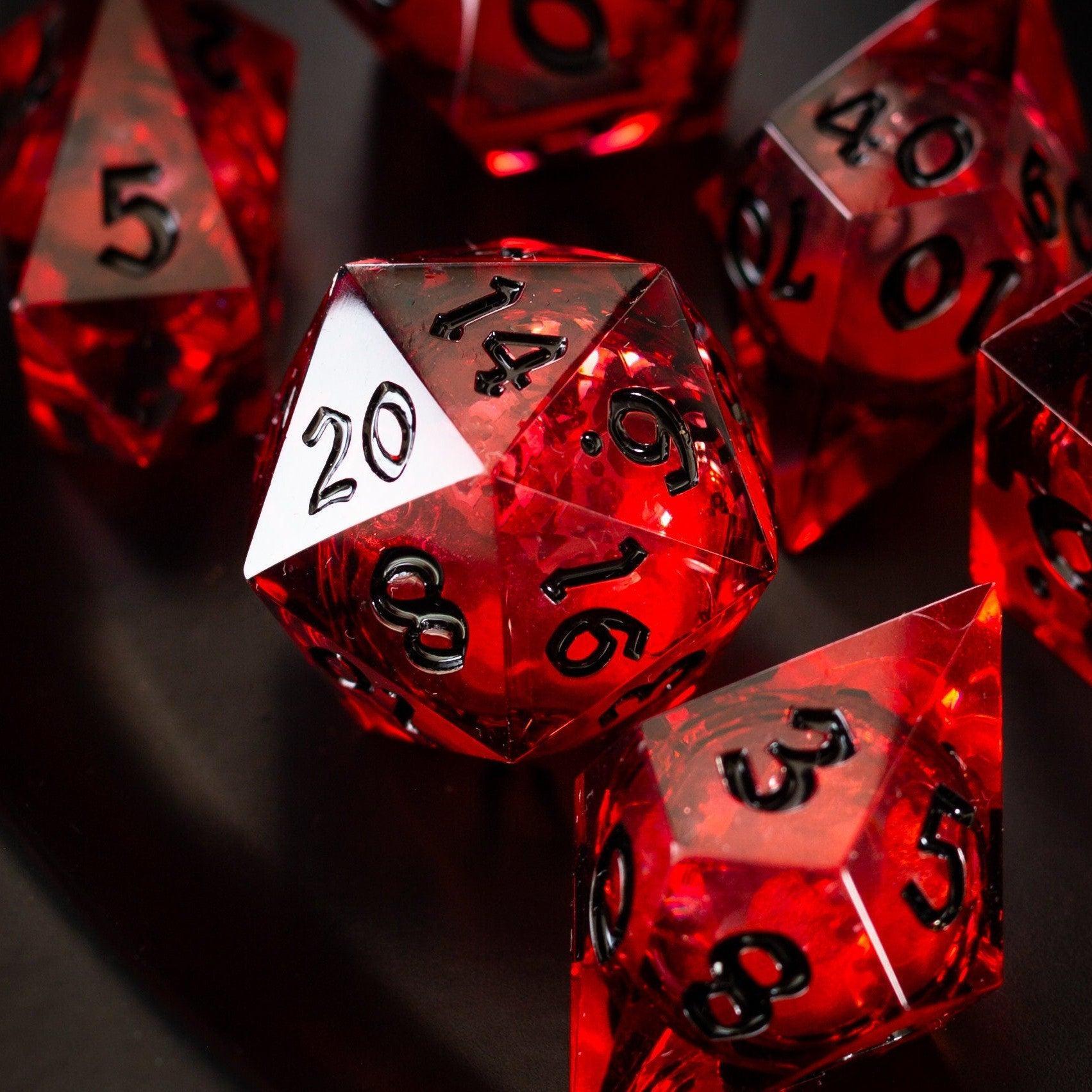
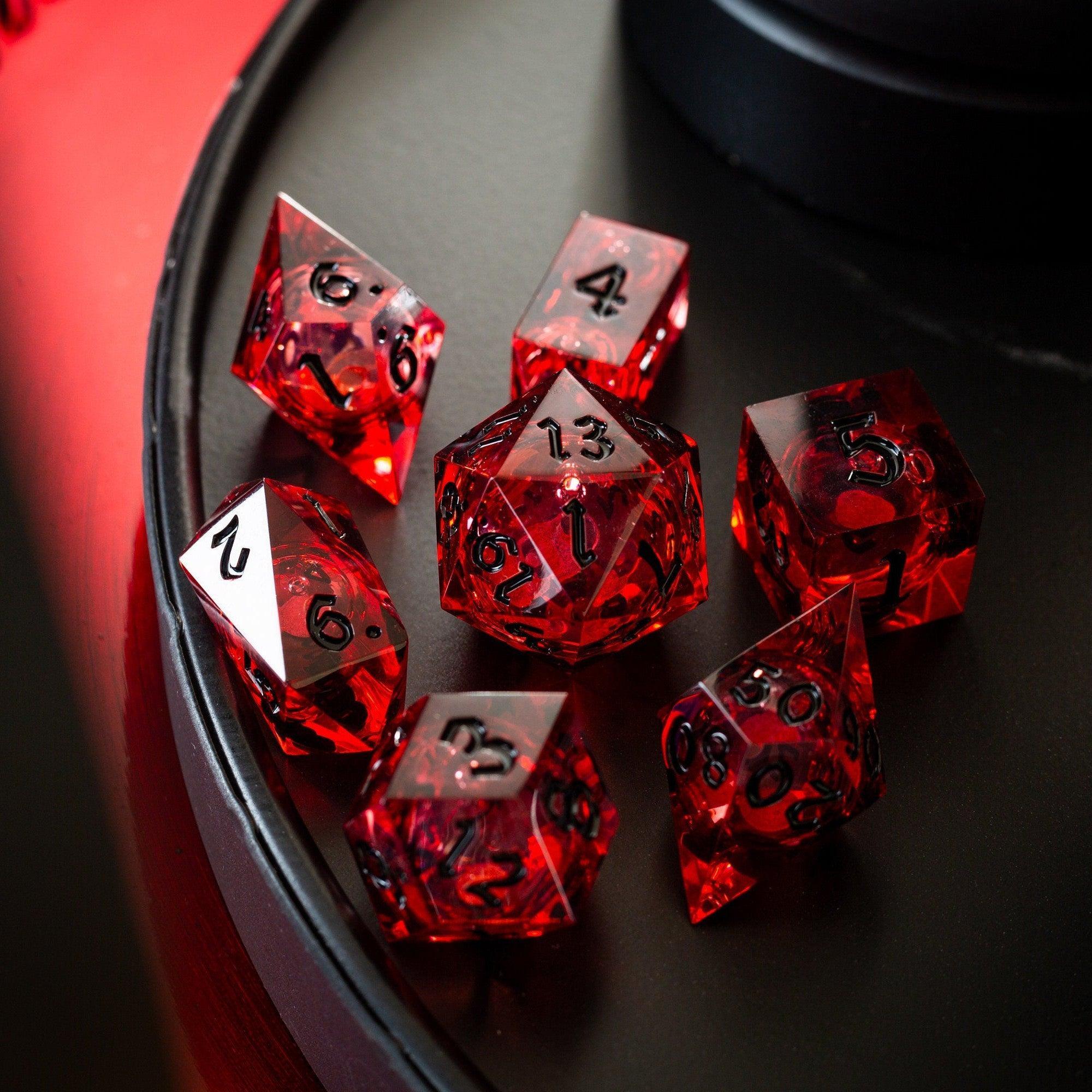
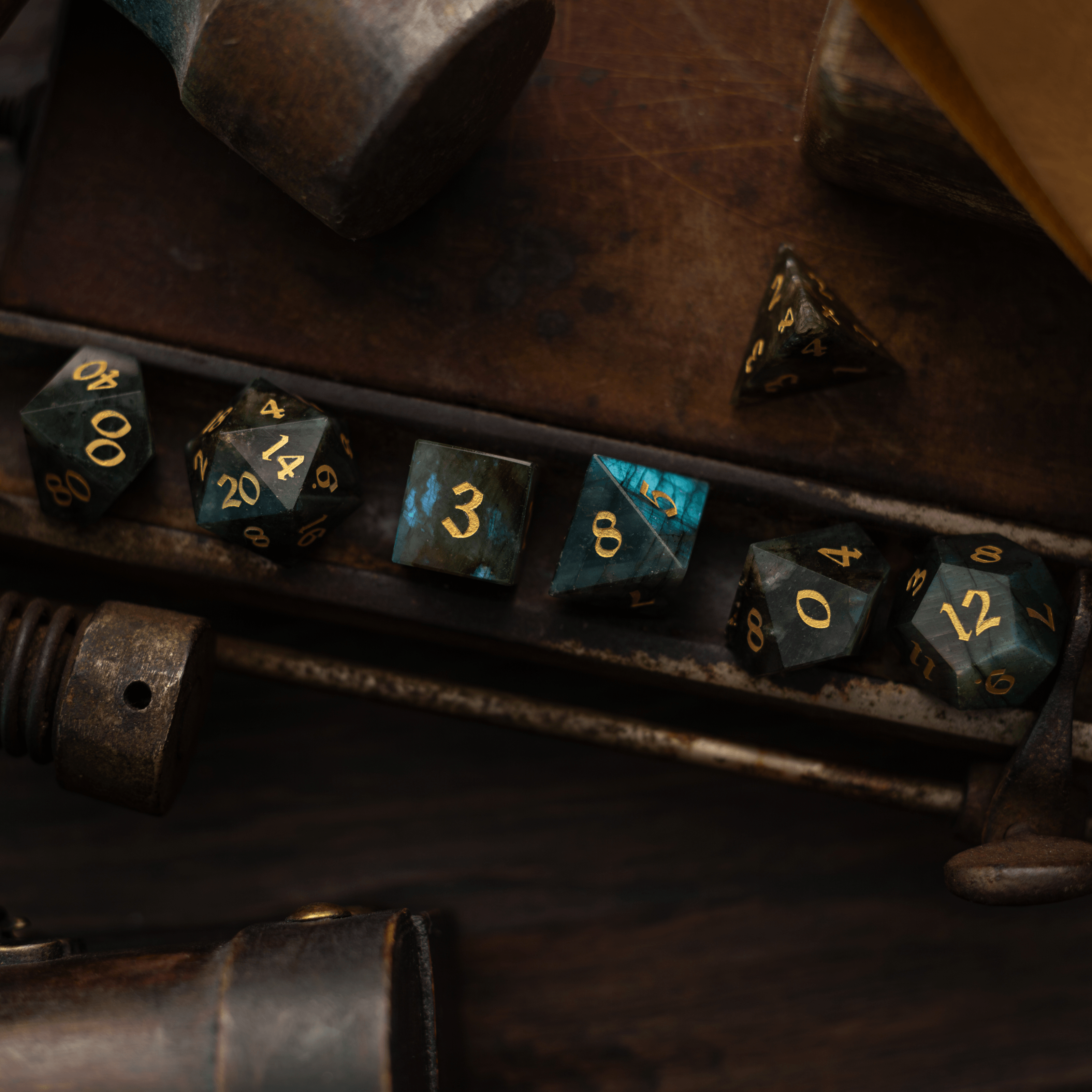
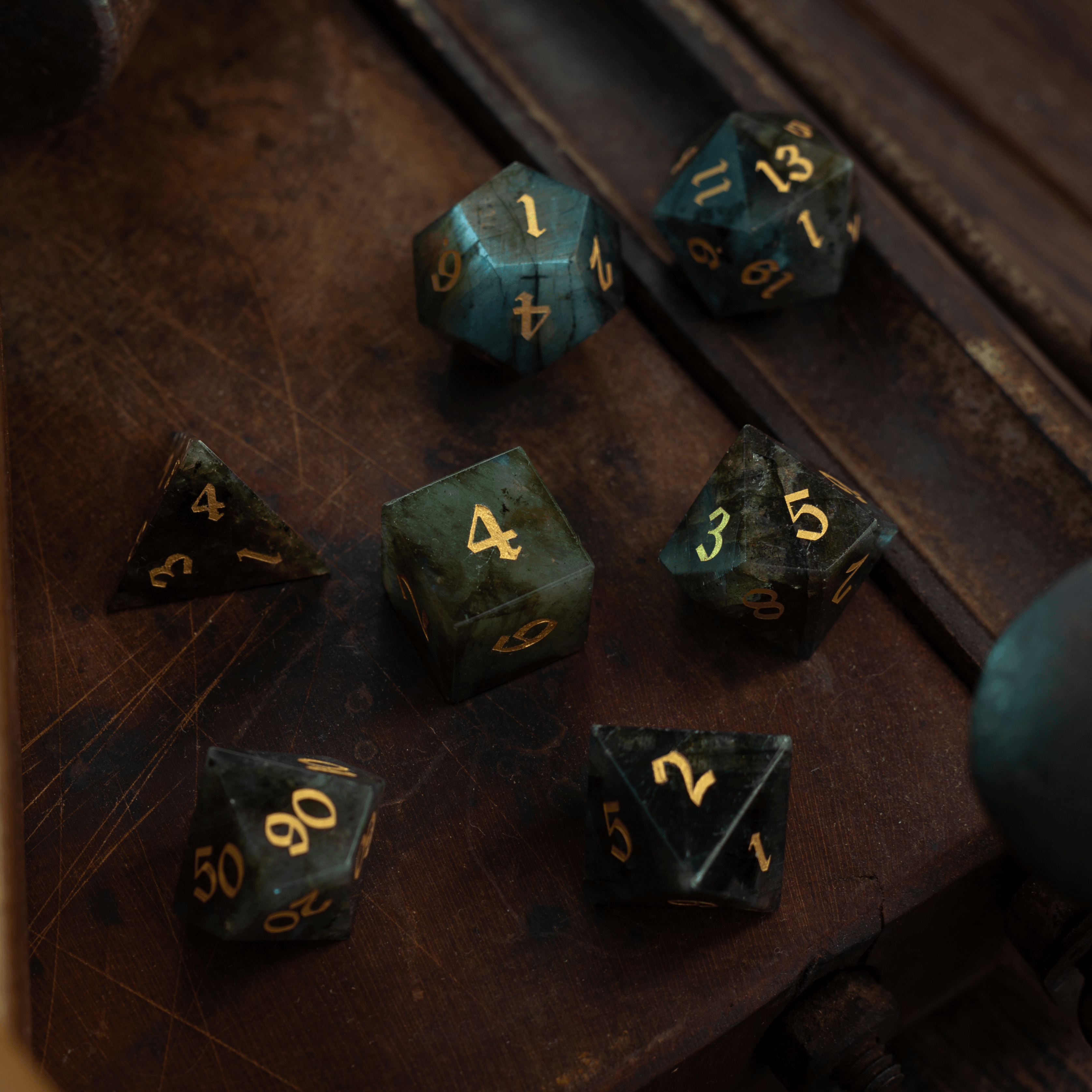



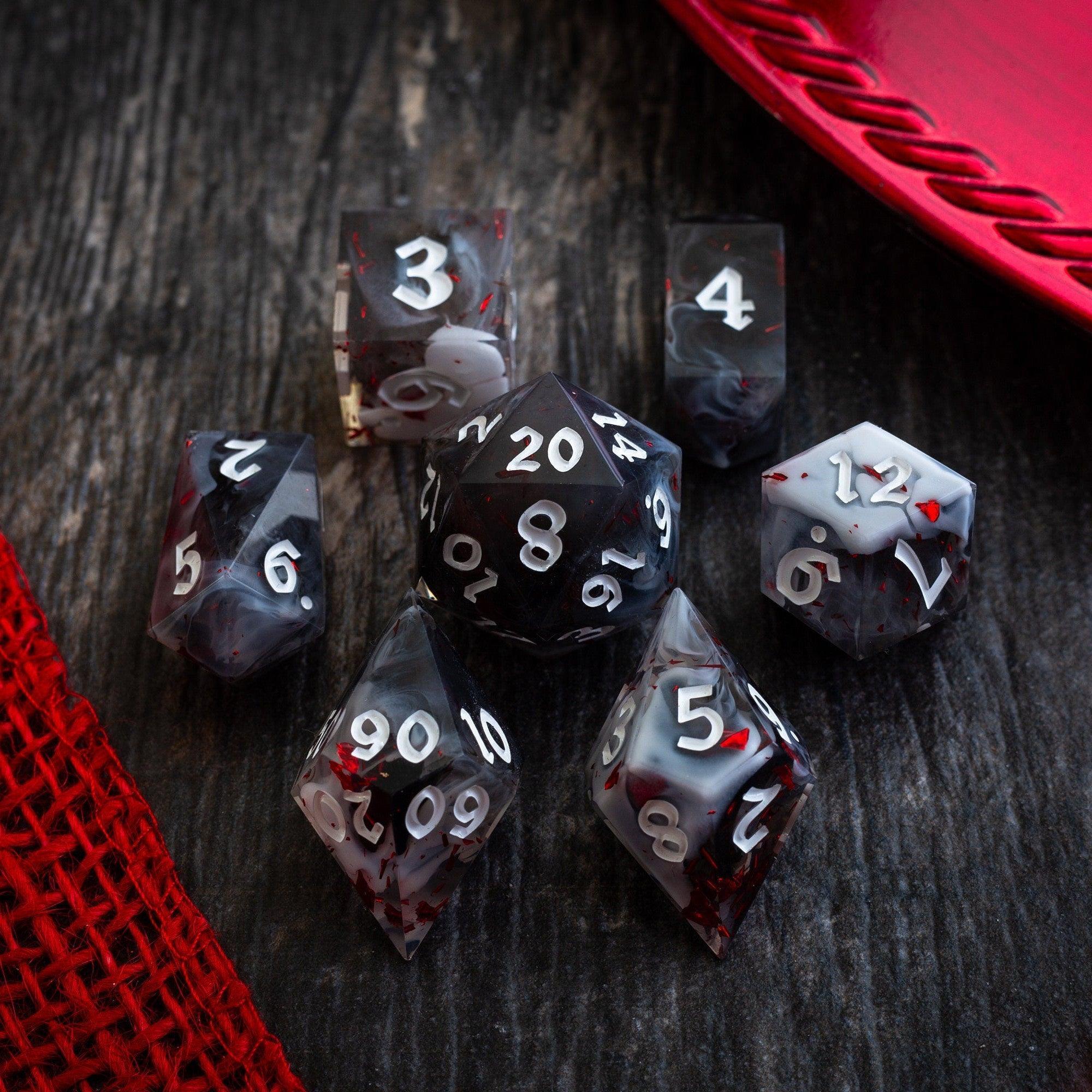
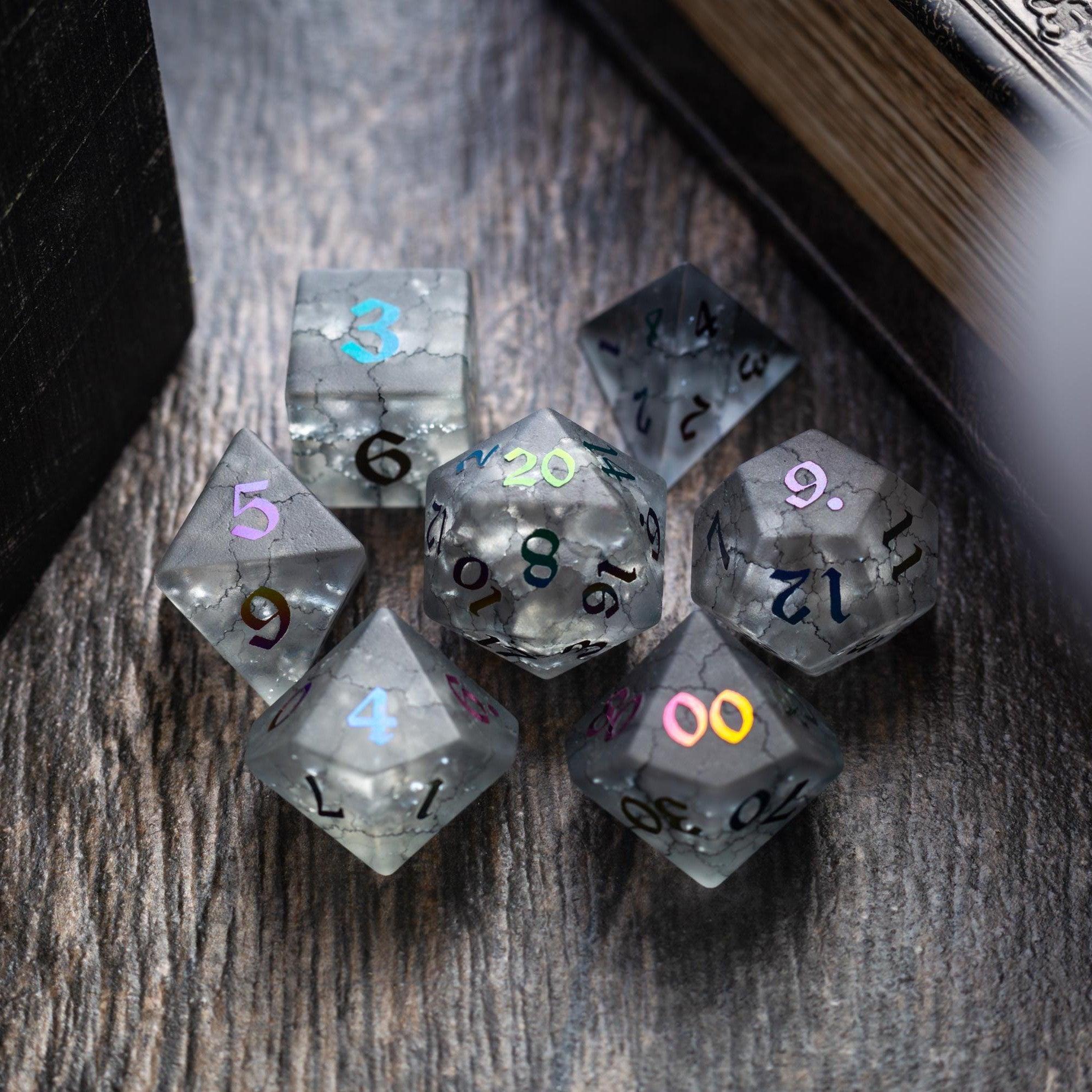
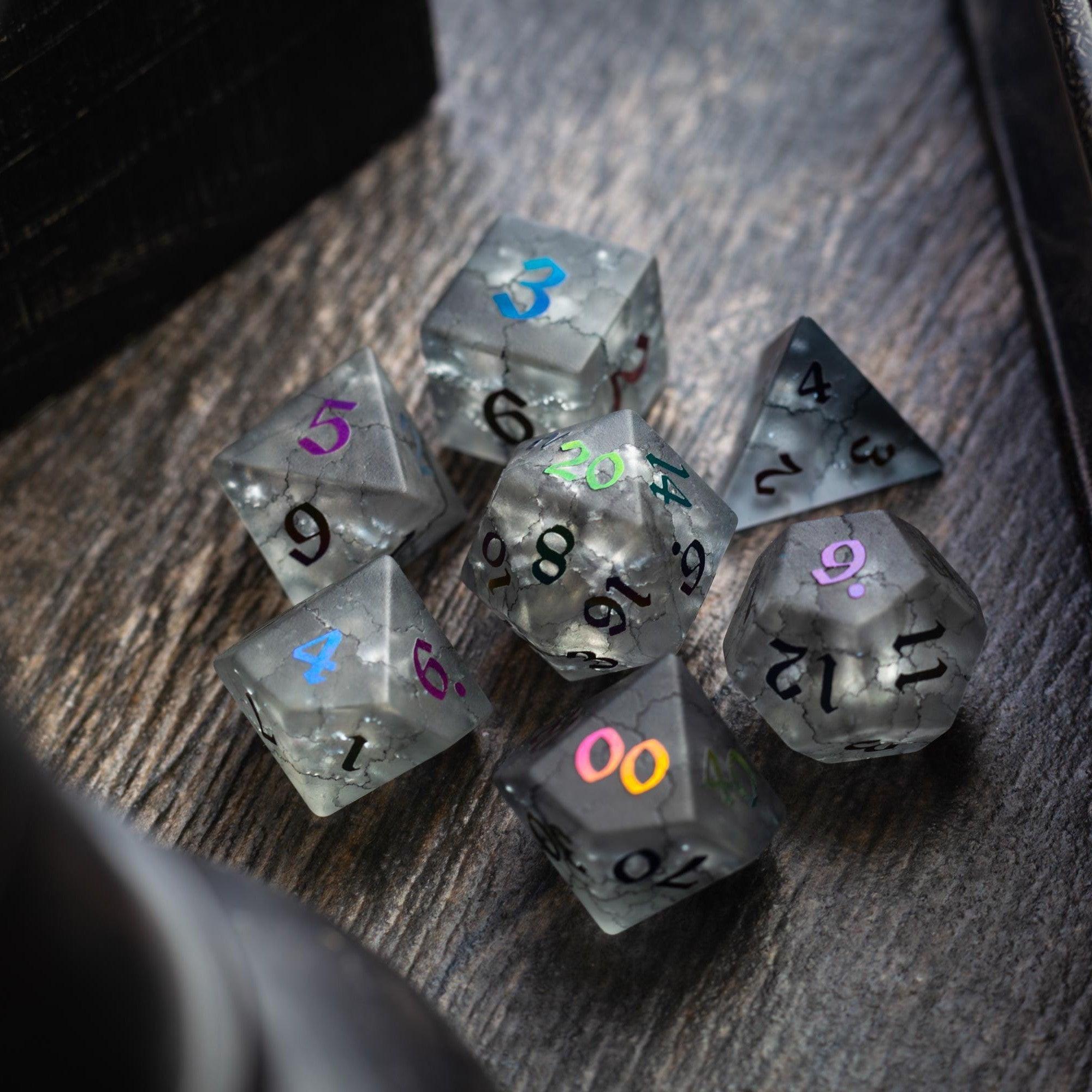
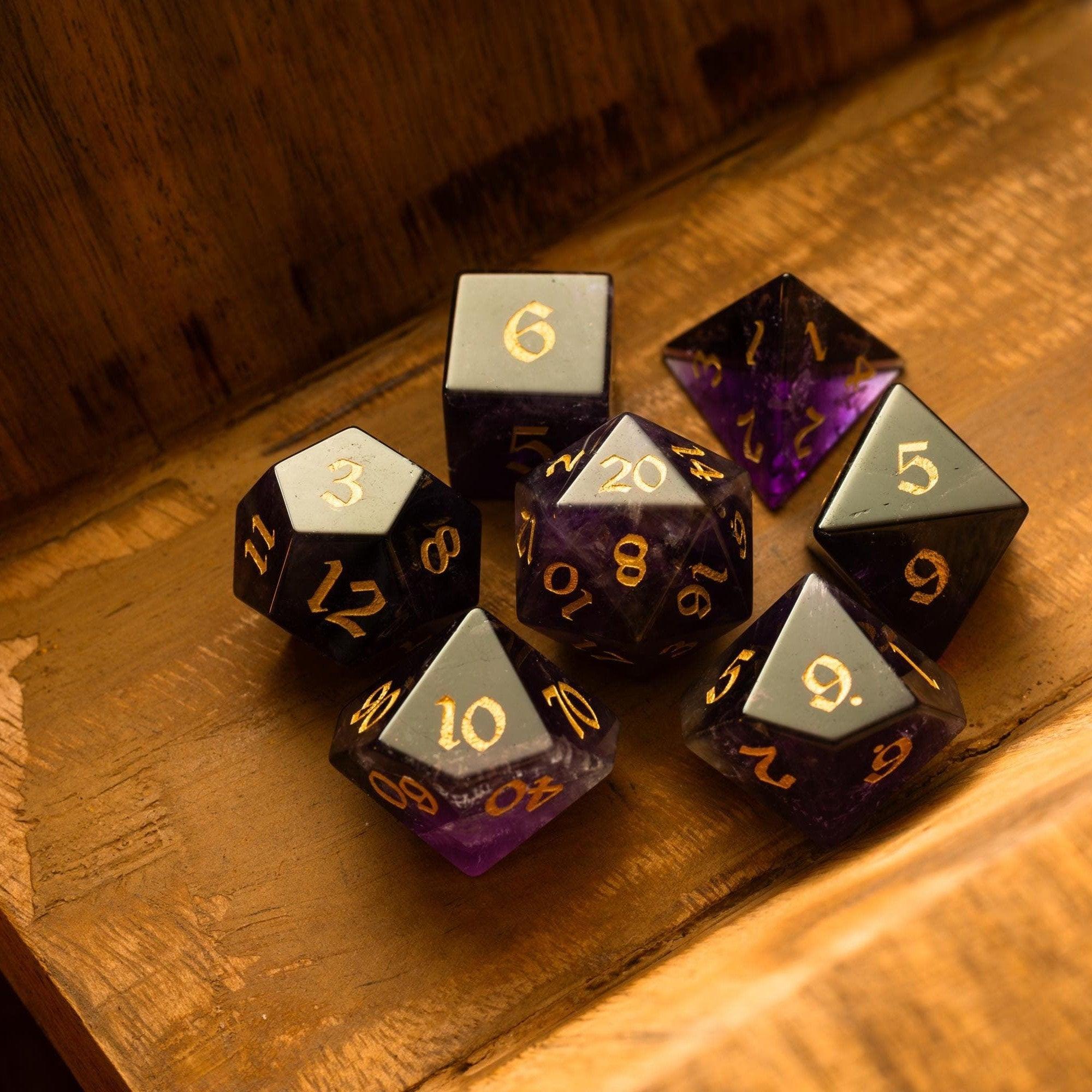
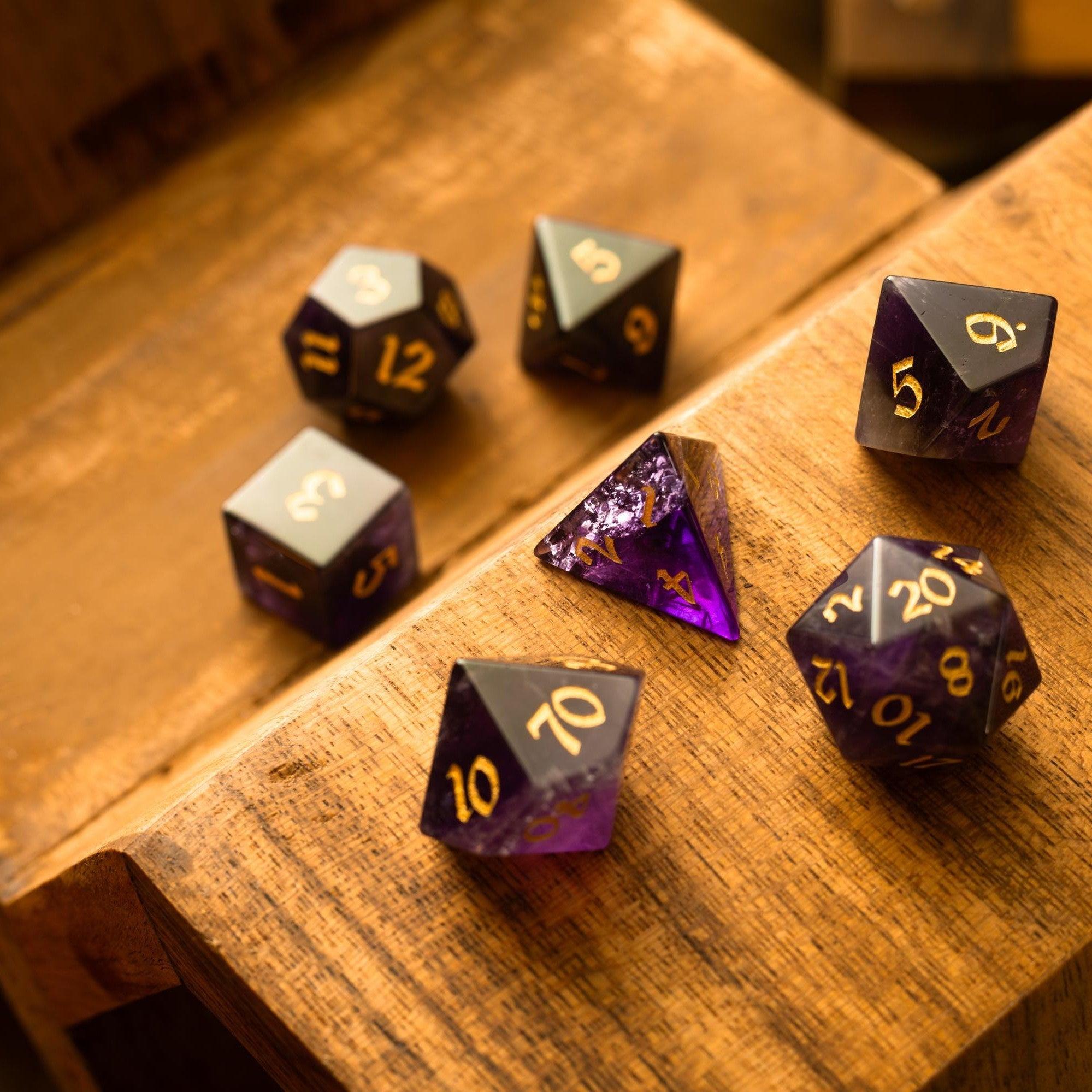


Leave a comment
This site is protected by hCaptcha and the hCaptcha Privacy Policy and Terms of Service apply.